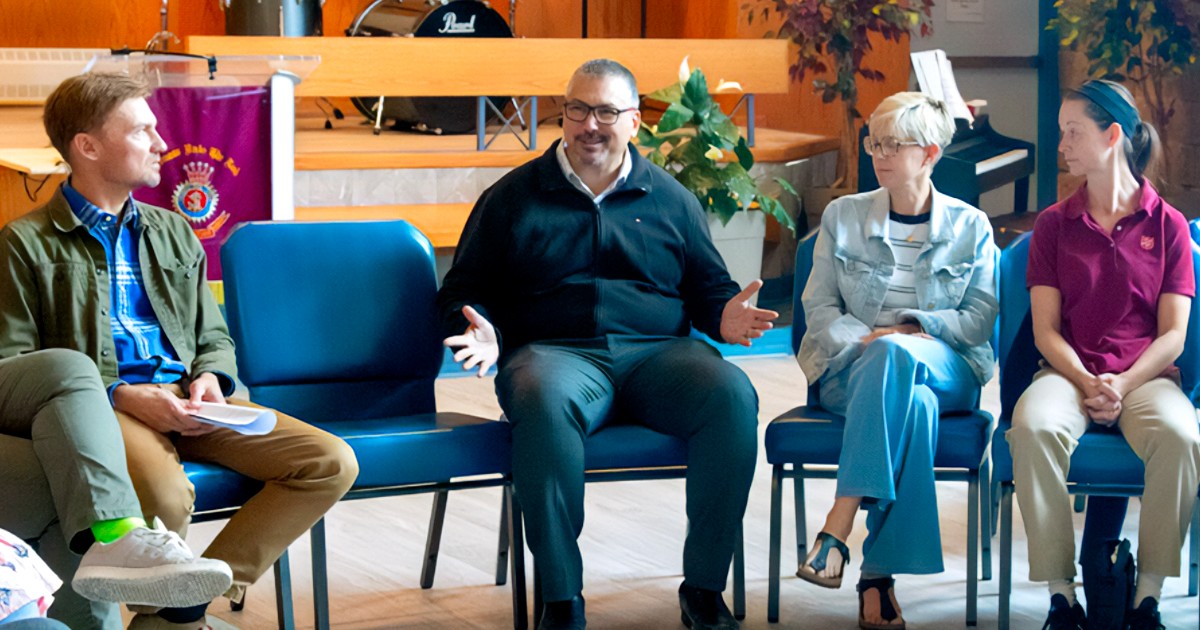 What if you could live in another person's skin? What if you could eliminate your human frailties and start afresh? But what if your new self threatened an entire planet with destruction? Director James Cameron pushes scientific and moral boundaries to the limit in the futuristic fantasy Avatar, his first feature film since Titanic.
What if you could live in another person's skin? What if you could eliminate your human frailties and start afresh? But what if your new self threatened an entire planet with destruction? Director James Cameron pushes scientific and moral boundaries to the limit in the futuristic fantasy Avatar, his first feature film since Titanic.
Caught in the Middle
Jake Sully (Sam Worthington) is a former U.S. Marine, paralyzed from the waist down after combat on Earth. Selected to participate in the Avatar program, Jake travels to Pandora, a lush, jungle-covered moon filled with incredible life forms, some beautiful, many terrifying.
Pandora is also home to the Na'vi, a sentient humanoid race that is more physically capable than humans, although considered primitive. Standing three metres tall, with tails and sparkling blue skin, the Na'vi live in harmony with their unspoiled world. As humans encroach on Pandora's forests in search of valuable minerals, the Na'vi, formidable warriors, defend their existence.
Without knowing it, Jake has been recruited to become part of this invasion. Since humans are unable to breathe Pandora's air, they have created genetically bred human-Na'vi hybrids known as Avatars. The Avatars are living, breathing bodies that are controlled by human “drivers” through a technology that links the drivers' mind to their Avatar bodies. Through his Avatar, Jake can be whole again.
Taking Sides
Avatar holds up a mirror to humanity's worst abuses. It reflects the environmental damage done to our own planet and it reminds us of how we—wittingly and unwittingly—have harmed indigenous cultures in the name of progress.
Beneath the surface of the film, however, runs a message of hope. Avatar resonates with the biblical theme of a Saviour. As Jake increasingly identifies with the Na'vi, he is forced to choose sides in a battle that will decide the fate of Pandora.
Of course, the parallels are not exact. Jesus was not the pawn of hostile human plans. Rather, He was voluntarily sent by a loving heavenly Father with a benign mission: to show us a better way to live. He taught us to love our neighbours and care for our world.
Unlike Jake, Earth was a big step down for Jesus. He “set aside the privileges of deity and … became human! … It was an incredibly humbling process. He didn't claim special privileges. Instead, he lived a selfless, obedient life and then died a selfless, obedient death—and the worst kind of death at that—a crucifixion. Because of that obedience, God lifted Him high and honoured Him … so that all created beings in Heaven and on earth … will bow in worship before this Jesus Christ, and call out in praise that He is the Master of all” (Philippians 2:7-11 The Message).
There is one other crucial difference: Jesus was no Avatar. He wasn't a biological hybrid or trick of science. Rather, He was God in the flesh—fully human and fully divine. This is the mystery of the Incarnation. By becoming like us, Christ entered into our sinful world, yet was without fault. On the cross, He bore the sins of the world and cancelled them. His resurrection promises that we, too, can share in His gift of eternal life.
Like Jake, many of us feel wounded, in our bodies and in our spirits. Jesus offers us a chance to become whole again—not just through the hope of resurrection in the next life, but the possibilities in this one. And like Jake, we all face a moral choice: will we align ourselves with the forces of destruction or the forces of hope?
Which side are you on?









Comment
On Tuesday, January 19, 2010, Henry Armstrong said:
Leave a Comment